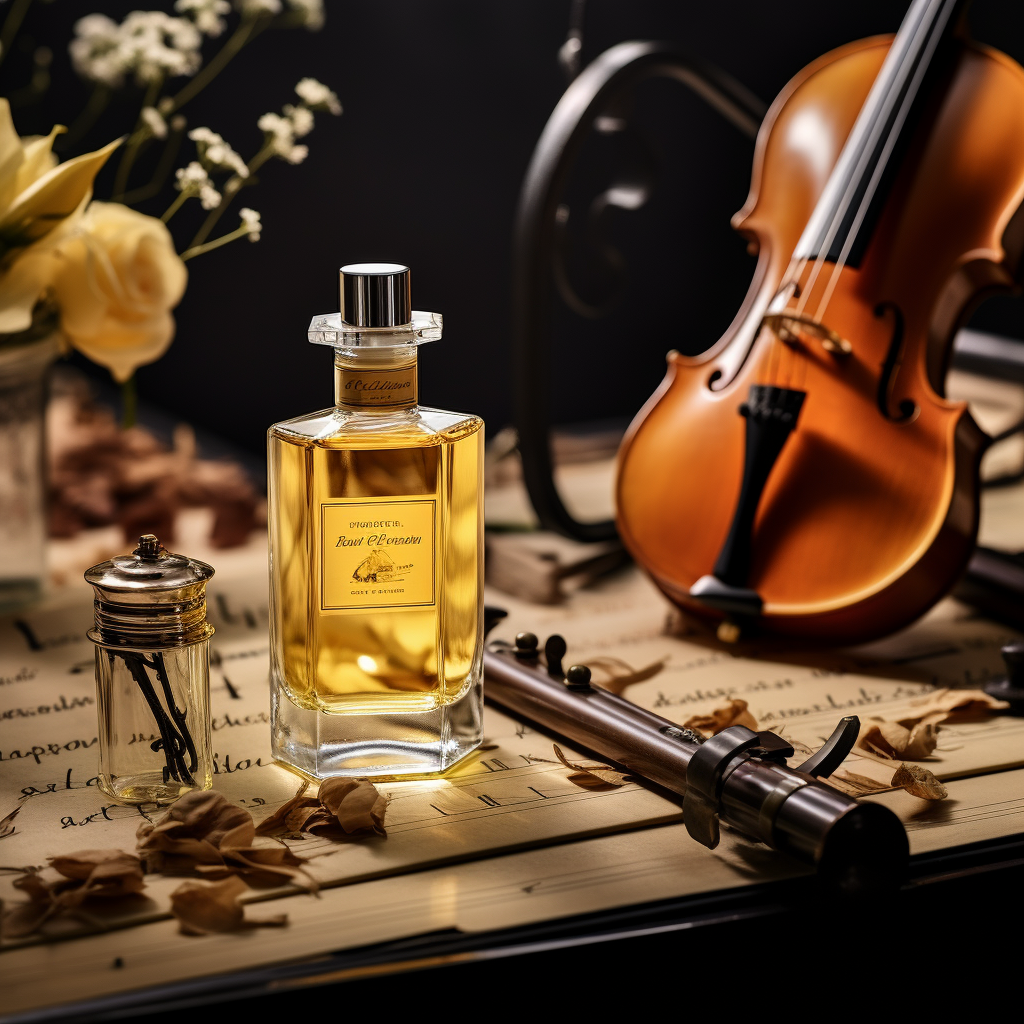
The Art and Craft of Perfume Composition: A Journey of Creativity and Sensuality
Introduction: Perfume composition is an intricate art form that combines creativity, sensory exploration, and scientific precision. In this blog, we delve into the world of perfume creation, exploring the processes, philosophies, and nuances that shape the olfactory masterpieces we enjoy. From the initial spark of inspiration to the final blend of fragrant notes, the journey of composing a perfume is as fascinating as the scents themselves.
I. The Creative Process: Composing a perfume is akin to writing poetry or composing music, yet it involves a unique sensory canvas. The process often begins with a blank page, where the perfumer grapples with ideas, materials, and emotions. Just as a writer faces writer’s block or a musician struggles with a melody, the perfumer navigates through moments of hesitation and inspiration.
II. Olfactory Perception: Unlike other art forms, perfume composition defies linear structure. Perfumes are not experienced in sequential order like words in a book or notes in a song. Instead, the olfactory impression is immediate and holistic, capturing the essence of all its components in a single breath. The traditional division of perfumes into head, heart, and base notes oversimplifies this complex interplay of scents.
III. The Role of Intuition: Intuition plays a profound role in perfume composition, guiding the perfumer through a labyrinth of scent associations and harmonies. It is the subconscious knowledge, cultivated through experience and curiosity, that leads to unexpected combinations and evocative blends. A curious mind embraces the unfamiliar and finds beauty in the unlikeliest of places.
IV. Perseverance and Doubt: Creating a perfume demands both perseverance and doubt. The perfumer must persist through countless trials and failures, refining their formula until it resonates with their vision. Doubt serves as a critical lens, preventing complacency and pushing the boundaries of creativity. It is through this delicate balance of certainty and uncertainty that perfumes come to life.
V. Rejecting Convention: Innovation thrives on the rejection of convention. While traditional fragrances may hold appeal, true artistry emerges from exploration and experimentation. By venturing beyond the confines of market trends, perfumers uncover new olfactory landscapes and challenge the status quo. Embracing the unexpected leads to the creation of truly original scents.
VI. The Pleasure Principle: At its core, perfumery is about pleasure. From the first spritz to the lingering scent on the skin, perfumes evoke a sensory journey that delights the senses. Luxury is not merely a product but a shared experience, inviting others to partake in moments of olfactory indulgence. Through the poetry of memory, perfumes weave stories of emotion, nostalgia, and desire.
VII. The Art of Composition: Crafting a perfume is a meticulous process that balances intensity, proportion, and harmony. Each ingredient contributes to the symphony of scents, creating layers of complexity and depth. From the crisp freshness of citrus to the earthy warmth of woods, every note is carefully orchestrated to evoke a distinct mood or memory.
Conclusion: The composition of a perfume is a labor of love, a symphony of scent that transcends time and space. It is an art form that celebrates the beauty of the senses and the boundless creativity of the human spirit. As we inhale the fragrant whispers of a well-crafted perfume, we are transported to distant lands, enchanted gardens, and cherished memories. In the world of perfumery, the journey is as intoxicating as the destination.

